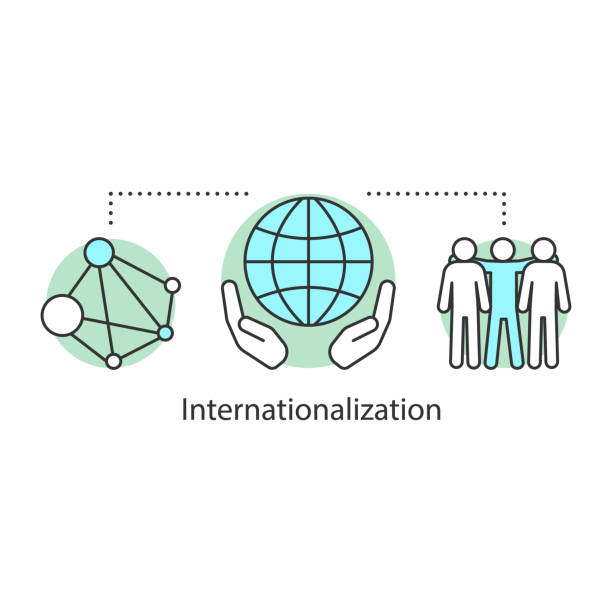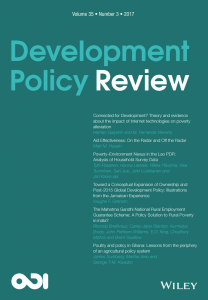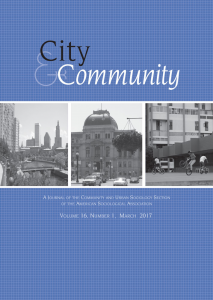What Are Challenges from COVID-19 to Internationalization of HE and Global Responses?
by Futao Huang, Daniela Crăciun and Hans de Wit ·
 The COVID-19 pandemic has posed challenges to many aspects of higher education (HE), with a particularly obvious and profound impact on the internationalization of HE
The COVID-19 pandemic has posed challenges to many aspects of higher education (HE), with a particularly obvious and profound impact on the internationalization of HE
These challenges range from the restrictive cross-border movement of students and academics to various forms of international collaboration in teaching and research [i]. Moreover, earlier studies suggested that, the pandemic of 2020 would affect some countries and systems more radically than others [ii] [iii] [iv]. For example, the challenge from the pandemic to countries such as Australia, the UK and the USA are more evident and significant than any other countries. There was a rapid decline in the global mobility of students, accompanied by a restructuring of mobility patterns and study abroad [v] [vi]. Regarding the post-pandemic world, many strategies and suggestions have been put forward. Some argued that international educators must plan and work toward new realities in the interest of local and global common goods [vii]. Some suggested that keeping up to date with key changes in HE and predictions about what the future holds for HE will help us to reduce the risks HE faces [viii]. However, others argued that it is getting harder to predict the future of HE, including internationalization of HE [ix].
Drawing on findings from nine case studies from Asia and the Pacific, Europe, North America and Latin America, our Special Issue on Internationalization of Higher Education in Pandemic Time in a Global and Comparative Perspective examined general and specific challenges to internationalization of HE in individual countries, and how they have been responding to these challenges.
Based on the case studies above, we identified four main findings.
Firstly, primary challenges such as the disruption of physical movement of students and academics across borders; a decrease in the number of both inbound and outbound international students; the wide implementation of online and blended teaching and learning activities; a decline in the revenues of universities largely relying on tuition fees from international students; the increase in virtual mobility and virtual research cooperation, and the development of online international student communities. Almost all the case studies provided strong evidence to support these challenges across regions and countries. For example, a survey study of Chinese students suggests that there might be a highly possible decrease in the number of Chinese students who want to go abroad to Western countries like Australia, the USA and the UK. The UK case indicates that the pandemic has accelerated the delivery of transnational education programs either entirely online, through local education partners, or a locally supported hybrid model.
Secondly, challenges to the internationalization of HE vary remarkably depending on different regions and countries. The case of Australia shows that a country that has been a preferred destination for a high proportion of international students suffers more from the pandemic than any other country in Asia and the Pacific. In European continental countries, the pandemic had immediate repercussions on internationalization strategy execution and increased the gap between strategy and implementation. A special mention should be made that even within one national system, the impacts from the pandemic vary greatly depending on the types of HE institutions. In Canada COVID seems to have affected colleges worse than universities. In the US, community colleges have also been hit much harder by overall declines in enrollments.
Thirdly, the case of Japan suggests that there are positive impacts unique to the international faculty’s academic activities and life. According to the case study of mainland China, many students benefit from online teaching and learning activities through virtual mobility.
Finally, a wide variety of new strategies have been developed. The Hong Kong case suggests that the global community should collaborate to promote diversity in HE and bridge the widening gap that prevents less fortunate social groups from accessing HE, through an innovative/creative mix of traditional and high-technology-driven HE. The case of the UK stresses the importance to use online and blended learning in future HE models and give more attention to internationalization at home, widening participation, decolonizing the curriculum, and embedding sustainability.
Our study delivers some implications for research and institutional practice. It is important to study why challenges from the pandemic to the internationalization of HE differ by regions, countries, institutions, and individual students and academics. Further, how is a “new” normal of internationalization of HE understood, carried out, and implemented in individual regions, countries, and institutions? For institutional practice, are there any models or good practices that can be applied to different national contexts or HE institutions to tackle challenges from the pandemic? And how can an effective risk management system be established at the institutional level in case the internationalization of HE is disrupted in the future?
Authors’ Bios
Futao Huang is professor at the Research Institute for Higher Education, Hiroshima University, Japan (e-mail: futao@hiroshima-u.ac.jp).
Daniela Crăciun is postdoctoral researcher at the Center for Higher Education Policy Studied (CHEPS), University of Twente, The Netherlands (e-mail: d.craciun@utwente.edu).
Hans de Wit is professor emeritus and distinguished fellow at the Center for International Higher Education, Boston College, United States (e-mail: dewitj@bc.edu).
References
[i] QS (2020). The Coronavirus Crisis and the Future of Higher Education. The Coronavirus Crisis and the Future of Higher Education (qs.com) (18 08 2020)
[ii] Altbach, P. G. and de Wit, H. (2020). “COVID-19: The internationalisation revolution that isn’t”. University World News March 14, 2020.
[iii] Martel, M. (2020). COVID-19 Effects on U.S. Higher Education Campuses: From Emergency Response to Planning for Future Student Mobility. Retrieved from https://www.iie.org/Research-and-Insights/Publications/COVID-19-Effects-on-US-Higher-Education-Campuses-Report-2
[iv] Morris, A., Hastings, C., Wilson, S., Mitchell, E., Ramia, G. and Overgaard, C. (2020). The experience of international students before and during COVID-19: Housing, work, study and wellbeing. Sydney: University of Technology Sydney. Retrieved from https://apo.org.au/sites/default/files/resource-files/2020-07/apo-nid307336.pdf
[v] BridgeU (2020). How Will COVID-19 Really Impact International Students’ Enrolments in 2020 & 2021? Free Report: How Will COVID-19 Really Impact International Students’ Enrolments in 2020 & 2021 (bridge-u.com)
[vi] Studyportals (2020). International Student Plans: The impact of COVID-19. International Student Plans – Impact of COVID-19 | Studyportals
[vii] Marginson, S. (2020). “Pandemic Shows Need for HE for the Global Common Good.” University World News. July 25, 2020. https://www.universityworldnews.com/post.php?story=20200724114218359
[viii] Huang, F. (2020). “Keeping one step ahead of COVID-19’s likely impact on HE.” University World News. September 9, 2020. https://www.universityworldnews.com/post.php?story=20200918134321220
[ix] de Wit, H. (2021). “It’s getting harder to predict the future of HE.” University World News. January 16, 2021. https://www.universityworldnews.com/post.php?story=20210115105133419




